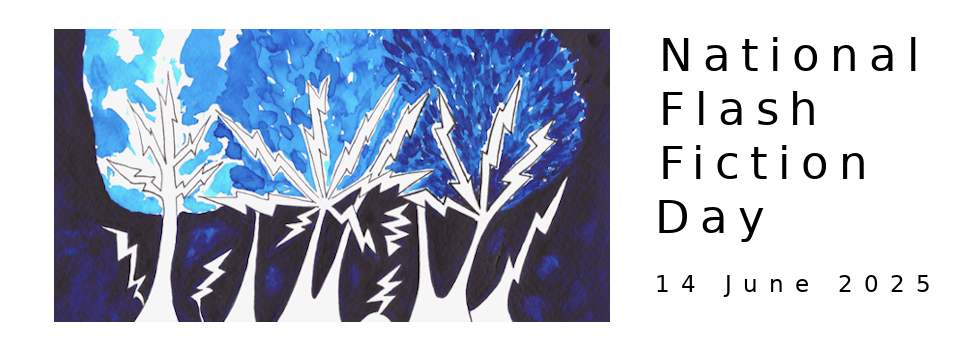Most of the time writing flash-fiction is exactly unlike writing anything else. The immediacy of the form bypasses the rational and the words come, not from careful planning or deliberation, but from somewhere more connected to a moment, a single frame in the movie that plays outside our windows.
This instant of creation comes from prompts, a trigger from any medium that pops one thought into a writer’s head.
“I knowhow this story ends.”
Endings in flash, at least for me, are the key. I resist the surprise, the sleight of hand reveal, instead trying to continue the narrative to a conclusion that fits wholly within the world of the story but takes the reader towards a new, less obvious corner.
I have recently finished a collection of flash-fiction based on the I Ching which, as a series of prompts, were entirely magnificent. The non-specific nature of the words were like mishearing something on the bus, or catching a snippet of conversation as the radio dial moves.
For example, from the I Ching fortune for “Grace”:
“Grace has success. In small matters it is favorable to undertake something. Constant perseverance brings good fortune. Humiliation, but in the end good fortune. Simple grace. No blame.”
This small element has so many possibilities for a good story that if you stop and think about it for too long you will be overwhelmed by them. Think fast, what is the first idea that drops into your head?
Mine was girl-guides selling cookies.
It didn’t end as nicely as you’d think.
The I Ching, I was happy to discover, was full of these strange little moments. They were somehow, soft, malleable, a kind of mental plasticine that begged to be squeezed and re-shaped.
Statements are limiting, as a writer all I really want is a nice, vague non-rhetorical ‘what if…” to get the creative juices flowing.
And mood music.
And coffee.
When thinking about a flash, or in fact any kind of fiction, my method is always to know how the story ends. The simple reasoning for this is that water always flows downhill. I can start where I like, take as many detours as I want, but I always know where I’m heading.
Sometimes the really interesting stuff happens when you realise there is another valley on the other side of the mountain, the happy accident of the unexpected second ending.
This happens all the time, and those stories are always my favourites.

Been reading and writing about Javier Marias a lot lately (four blog posts in three weeks!); he says in an interview that he writes 'suicidally' - has no idea where his plot might go, he navigates with a compass, not a map, he says. But I guess he knows how it will all end. I find my own stories sometimes take a turning I wasn't anticipating. Maybe water can flow uphill?!
Water can freeze too... Tricky stuff water, especially in a metaphor.
I enter a weekly live flash fiction comp - I never really know where my story ends - I just write - a theme in my mind. I really enjoyed this post, and will endeavour to try this method to see how it works for me.